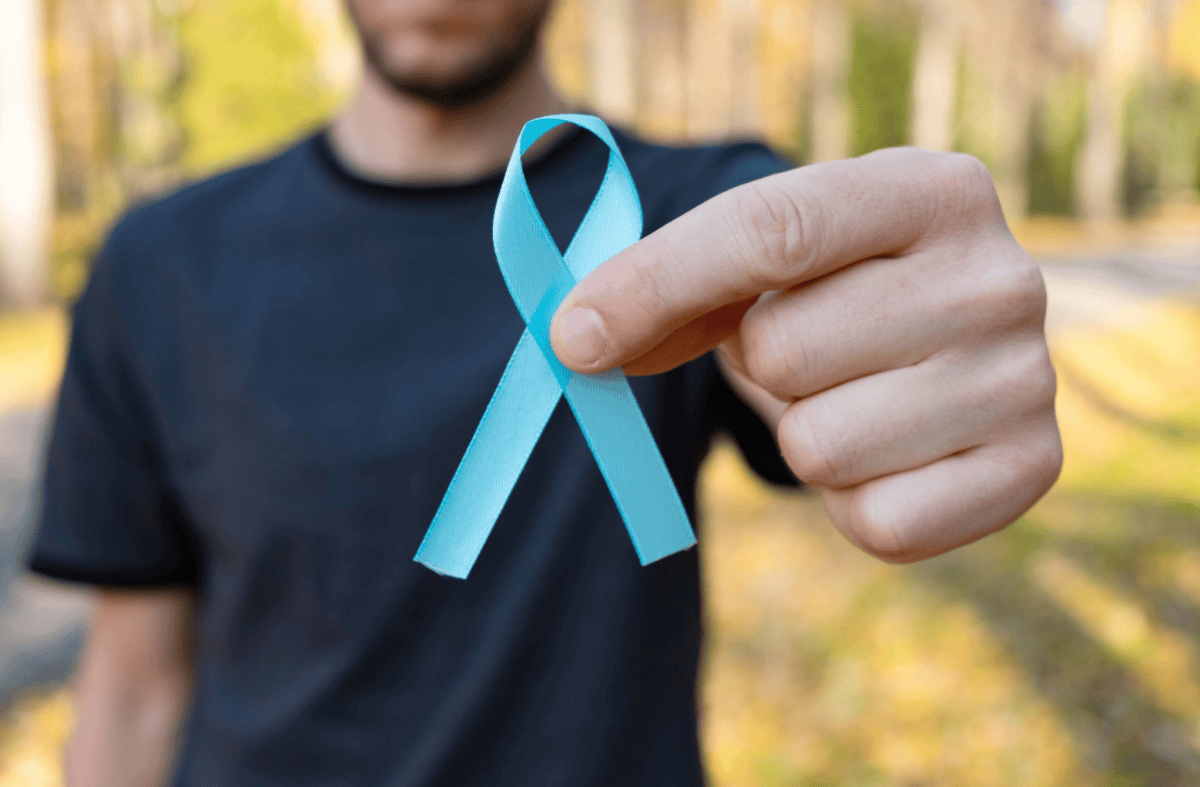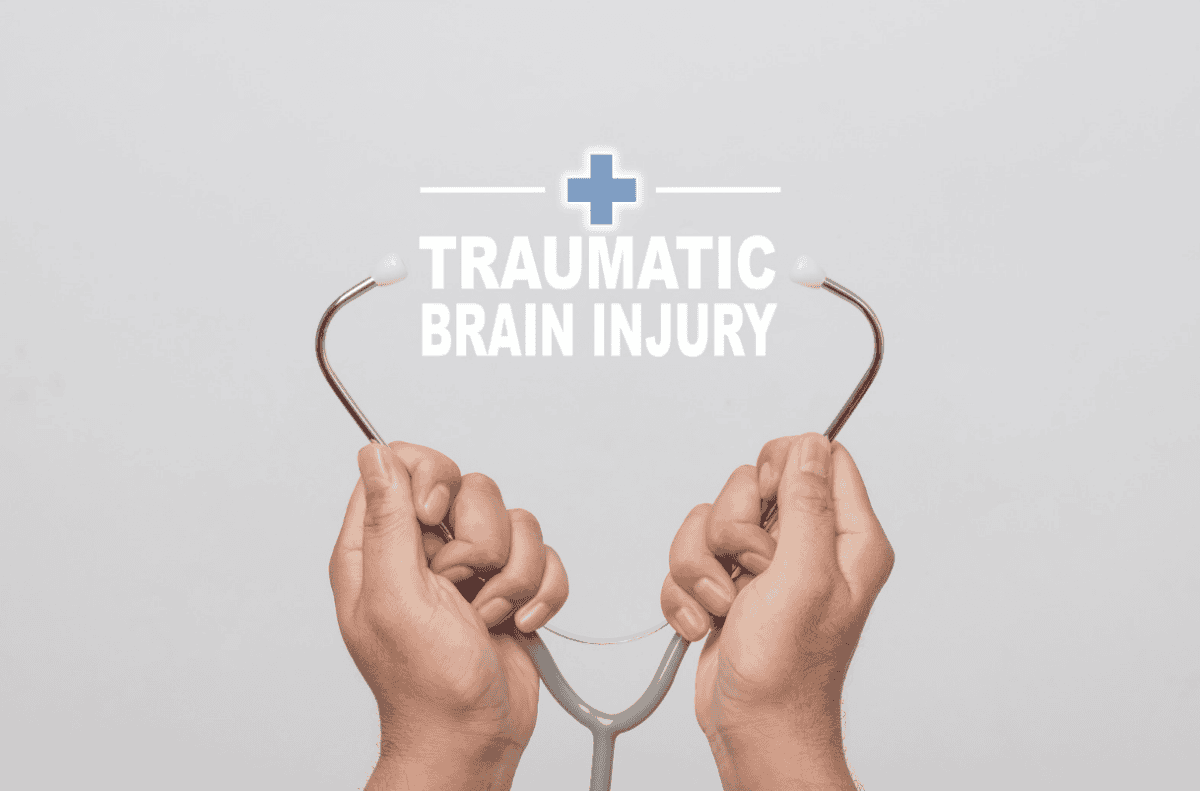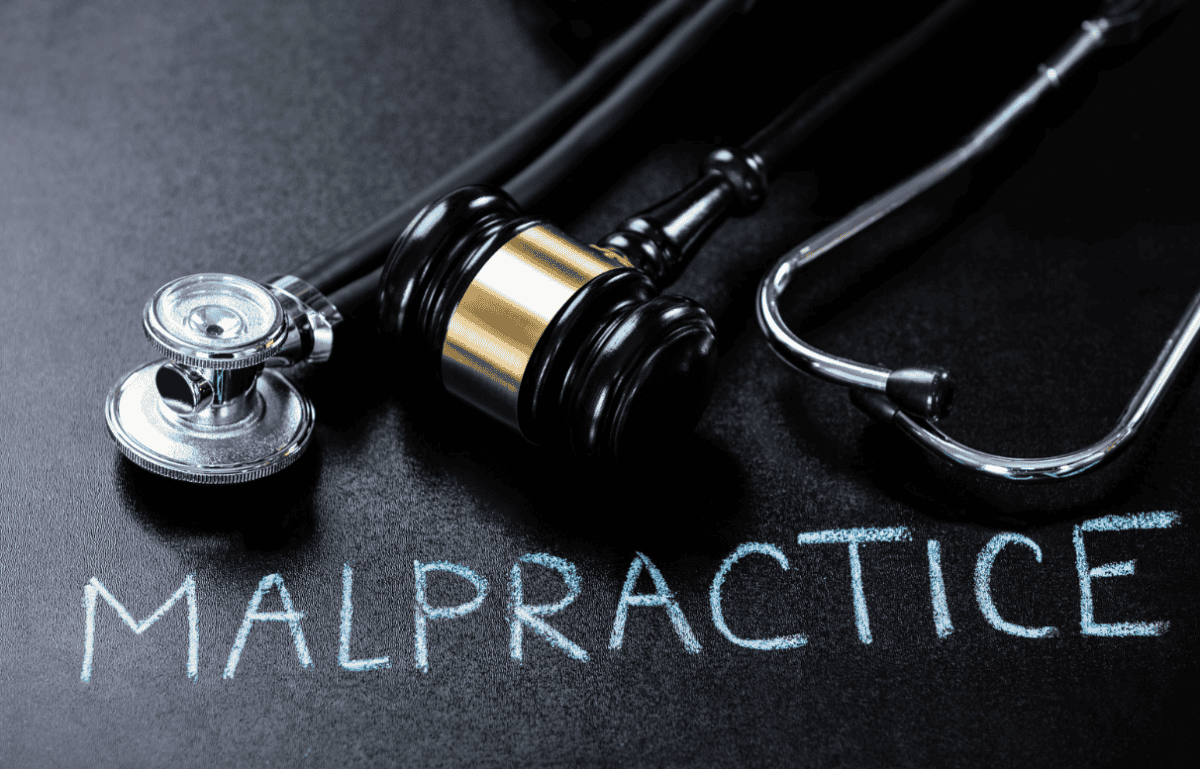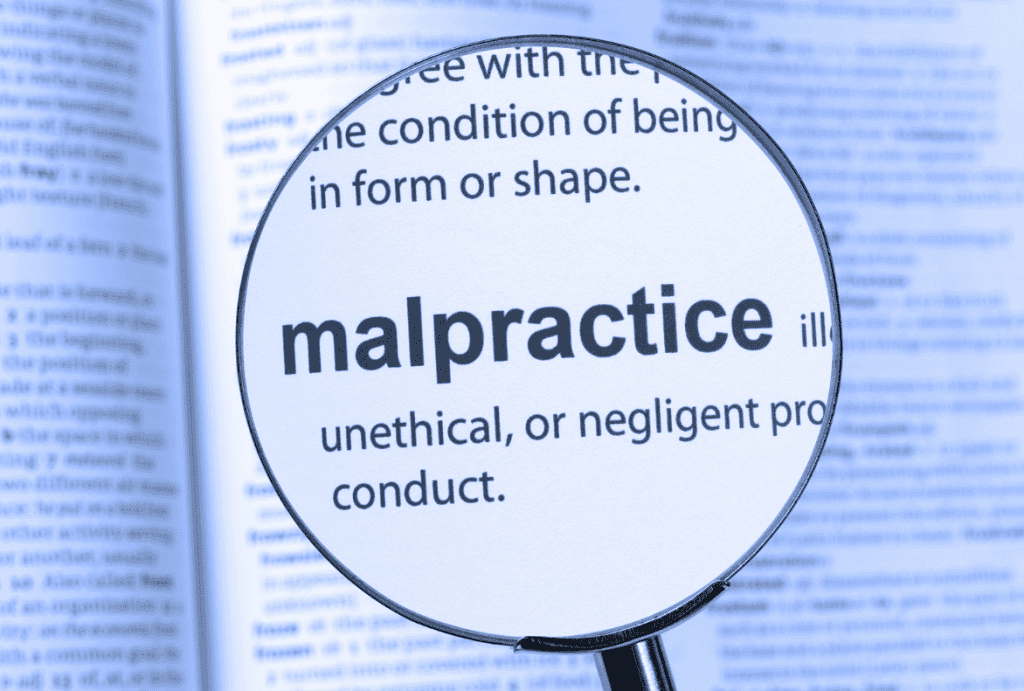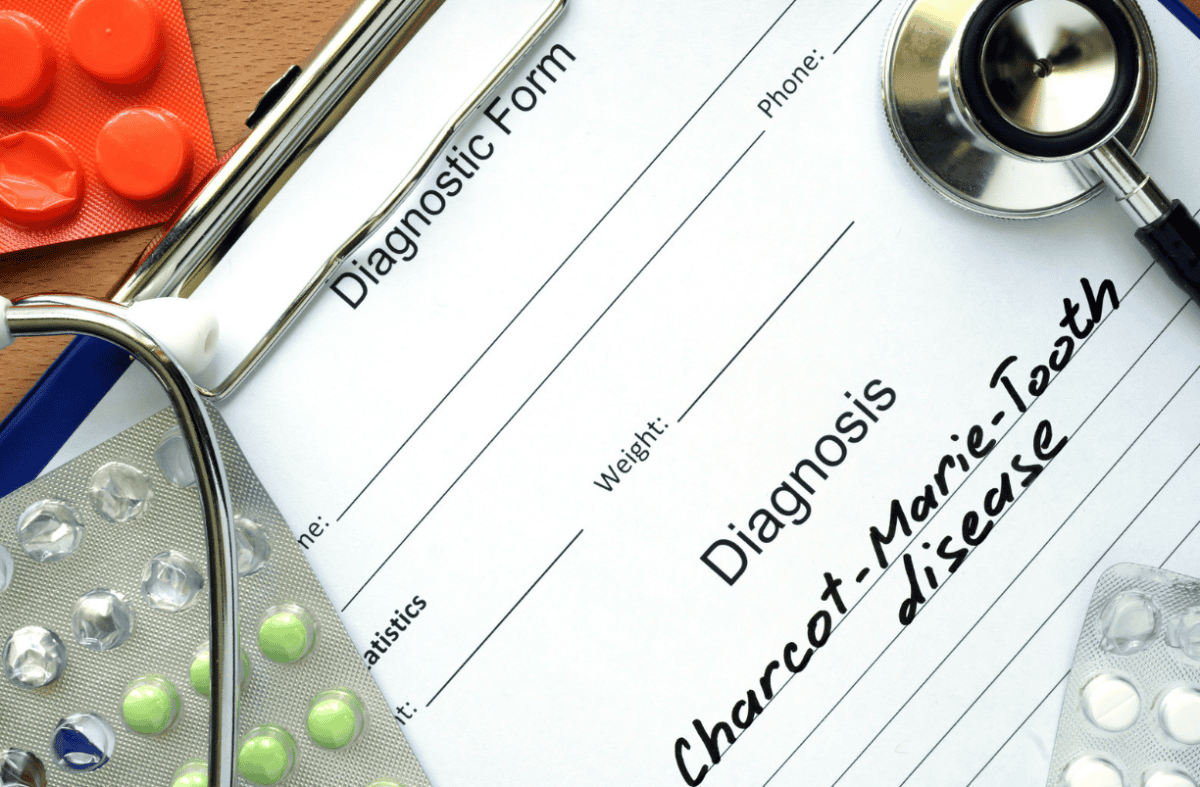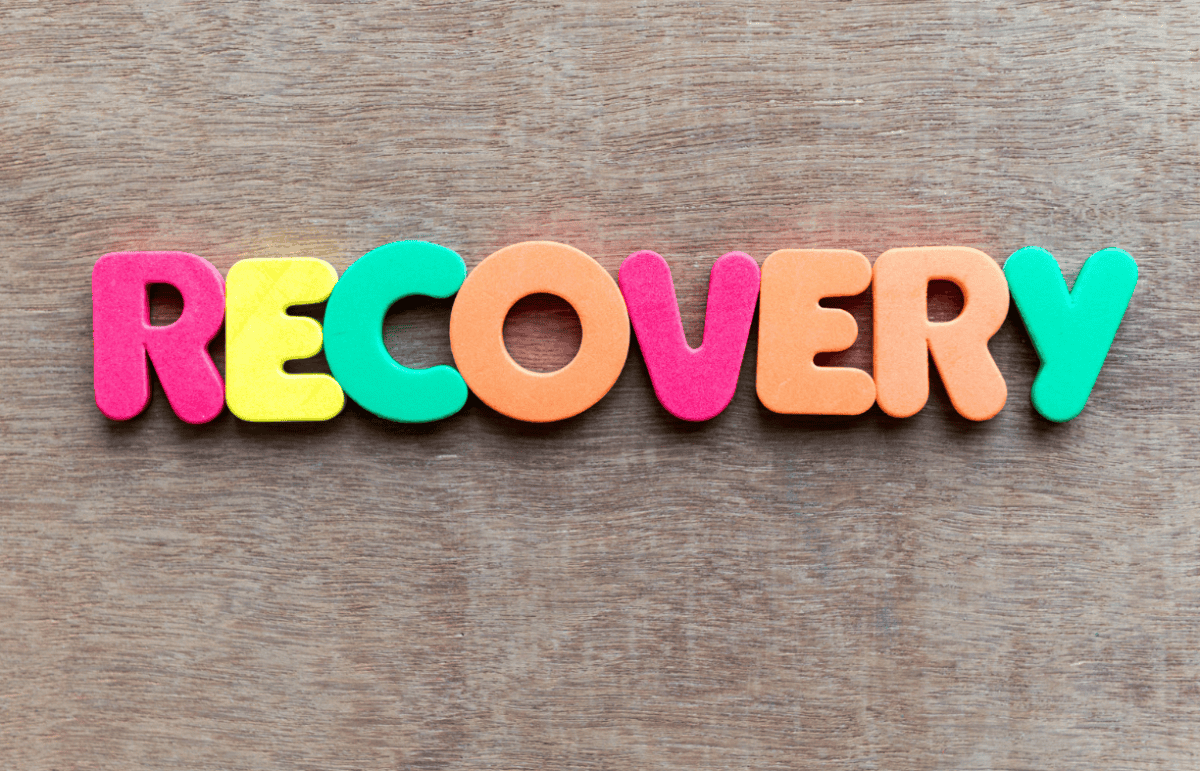On this post, we talk about the history of mediation – where it began, how it became well-known, and why it’s worth applying.
What’s the best way to protect or improve your mental health? Well, you could speak with a qualified counsel who has completed an online Master’s in Clinical Mental Health Counseling, but if that’s not on the cards for you, you may want to consider meditation.
As Old as Time – History of Meditation
As much as it has gained popularity over the last decade or two, meditation is a practice that can be traced back nearly as far as any other indication of human civilization.
The first known human writing is a common benchmark: at present, the furthest back we can find evidence of written language is about 3,500 years old. The Kish tablet – essentially a hunk of limestone with pictographic inscriptions – was found in modern-day Iraq in the 1920s, and dates back to the ancient Sumerian civilization.
The earliest evidence of meditation also dates back to the 3rd millennium BC, this time attributed to the Indus Valley civilization of modern-day India. Ancient Indians are depicted on engraved seals seated in seated positions that suggest “a form of ritual discipline, suggesting a precursor of yoga,” or at least that’s what archaeologist Gregory Possehl has postulated.
It’s well documented that shamanic practices aimed at attaining higher or altered states of consciousness were practiced as a part of Hinduism roughly as far back as any records of the religion can be verified, which similarly date back to the 3rd millennium BC.
Regarding practices that closely resemble what we think of as meditation today, the most thoroughly verifiable records date back to the Upanishad traditions and scriptures of Hinduism, which can be traced back to roughly the 8th century BC.
But Vedic thought, the basis of Hinduism, is traceable with physical evidence to 1500 BC, and is sometimes claimed to have been developed by the Harappan Civilization, for whose existence evidence can be found to support a beginning as far back as the seventh millennium BC. This could mean that meditation may be an even older practice than writing – hard to imagine, but plausible nonetheless.

Modern Conceptions
Today, meditation is perhaps most commonly associated with Buddhism, another religion originating in India. With early evidence for the religion dating back to the 6th century BC, it was clearly influenced by Hinduism and the associated practices. Buddhism emerged from the melting pot of other Hindu-adjacent religions like Jainism and Ajivikas in northeastern India, where discontent had arisen with the caste structure promoted by Hinduism.
Buddhism and its associated meditative techniques spread and developed distinct regional variants in China and Japan. Sharing many fundamental concepts with the renunciation traditions begun in the Upanishads, the many and varying Buddhist meditation techniques have distinct characteristics, goals, and physical psychological modalities, but are all undeniably influenced by the Hindu traditions, if only as an impetus for their creation, and are therefore unlikely the true origin of the practice, despite modern perceptions.
But the Indus River Valley, or modern India, was not the only place meditation is thought to have been practiced in ancient times. While the origins of the practice are not clear, there is evidence for meditative techniques and rituals emerging in China as early as the 6th century BC.
Taoism has a long history of meditation and similar practices; while it is unclear if these were influenced by their chronological predecessors in India, the similarities in the techniques and motivations are sufficient to categorize them all as forms of meditation.

Techniques
These different origins of meditation have practices as unique and distinct as their traditions of origin. Indian variants include techniques that are as diverse and numerous as the different historical traditions associated with Hinduism – they are so numerous that it would be impossible to address all of them in one writing.
The most commonly known types of Hindu meditation are the variants of yoga, a discipline of various stretches and positions designed to hone the body and mind. However, Buddhist techniques emerge as distinct with their near-exclusive focus on the act of self-deprivation and emphasis on disconnecting from earthly desires. Their emphasis on mindfulness promotes awareness of sensory inputs and a focus on breathing as a way of emptying the mind and becoming fully present in one’s body.
Chinese techniques are similarly variable, albeit perhaps not quite so much so as those of India. In stark contrast to Indian Buddhist traditions, Taoist meditation focuses on the ability to harness and manipulate internal energy, rather than disperse it. However, as in the Buddhist tradition (and nearly all others), this process is begun by attempting to quiet the mind. This can be accomplished in a variety of ways.
The most common is emptiness meditation, practiced by attempting to sit and empty one’s mind of thoughts completely through sheer focus, by allowing thoughts to arise in the mind, and be released without engaging them. This technique is thought to replenish and collect spiritual energy. Breathing meditation, or Zhuanqi, is accomplished simply by focusing on one’s breath.
The goal of Zhuanqi is to make one more attuned to “the dynamisms of heaven and earth” by aligning one’s mind with the natural cycles of breathing. Inner vision, or Neiguan, is a visualization technique, primarily focused on attaining oneness with one’s own body and nature through visualizing and becoming immersed in the processes of one’s own body. This practice is thought to be less intuitive than breathing or emptiness meditation and is best practiced with the guidance of a teacher.

While it originated in China, Zen Buddhism and its meditative traditions are most commonly associated with Japan. Japanese Zen meditation is one of the most popular meditative disciplines in Western countries, achieving fame and popularity in the 1960s in the US as part of the counterculture movement, whose luminaries Alan Ginsberg and Alan Watts became known for their writings on the subject, which spread around the US and throughout its ever-growing global media influence.
Zen meditation focuses exclusively on controlled focus – unlike other meditative disciplines that focus on relinquishing control, Zen meditation emphasizes the need for hyper-ascetic self-control, directing the mind in on itself in order to attain “stillness of mind.” While Zen meditation often makes use of koans, or sayings, that are designed to guide the mind towards this stillness, the emphasis of the practice is on releasing oneself from dependence on any external stimuli and striving to attain a wordless, thoughtless “oneness” to escape the confines of the mind.
While these traditions all have their own unique practices, mythologies, and goals, they all maintain the common practices associated with meditation: an ascetic attempt to release oneself from the boundaries of consciousness imposed by daily life, and the ability to make the mind do things it cannot do under normal circumstances. These fascinating traditions likely all have something to teach us – it’s no surprise that their teachings become more popular all the time.



